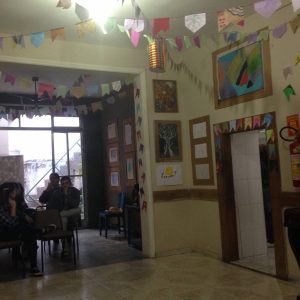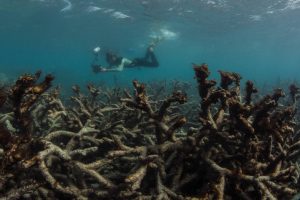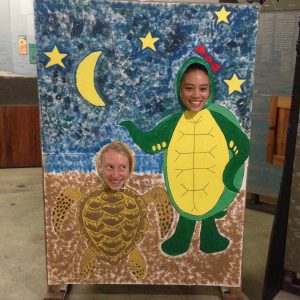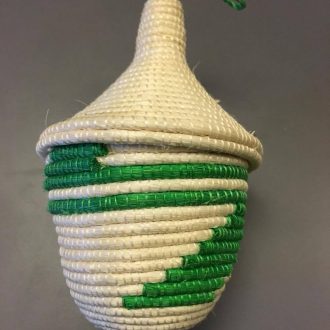The end of fieldwork evokes strange sensations of both pride and loss.
Returning to New York after two months in Rio de Janeiro (studying psychiatrist Nise da Silveira’s life and legacy), I know I accomplished a lot. But I can’t get rid of the nagging feeling that there was so much more I could have done, and so much that I left behind. Just as I was acquiring an understanding of the nature of da Silveira’s impact, just as I was beginning to map the important people and projects she influenced, just as my interviews were becoming particularly poignant — it was time to pack my bags.

It’s one of the most bizarre parts of learning. The more you know, the more you realize you don’t. That idea became clearer the more I conducted my research, as da Silveira’s work spanned many fields. She collaborated not just with psychiatrists, but also with painters, philosophers, writers, astrologers, actors, and people from many other fields. Her influence is wide-reaching. And while I never expected to reach everyone, I sometimes felt inadequate knowing there were so many more interesting people I hadn’t interviewed.









